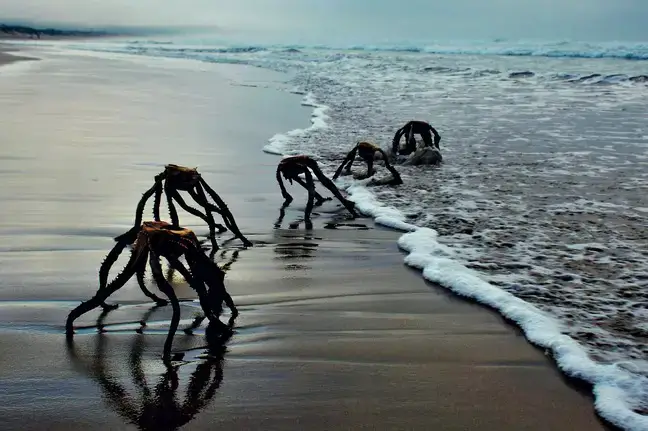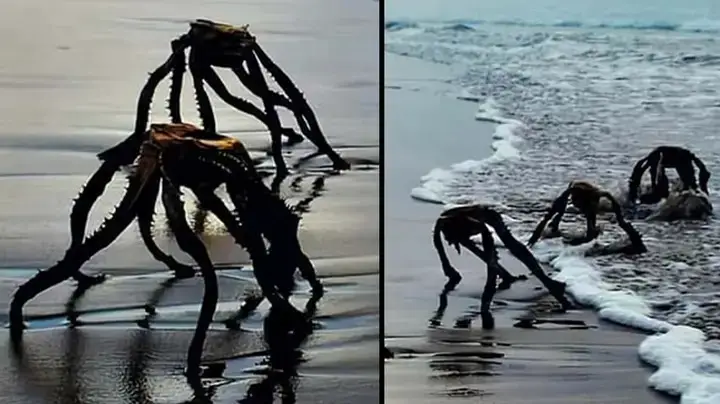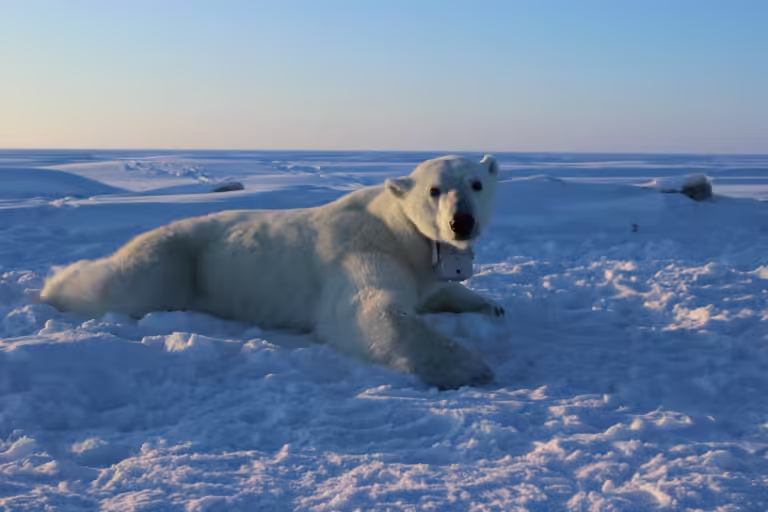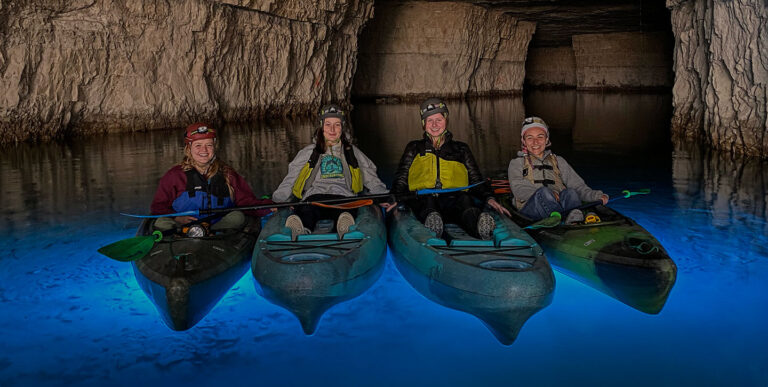Dad Causes a Stir When He Captures ‘War Of The Worlds Aliens’ Emerging From The Sea
Beach Photos Spark Panic: The Alien-Like Shapes That Aren’t What They Seem

Jan Vorster, from Still Bay, Western Cape, South Africa, recently found himself at the center of an unexpected social media frenzy. What started as a simple attempt to raise awareness about environmental issues quickly spiraled into a viral sensation that left many fearing the worst.
The Origins of the Panic
Jan took a seemingly innocuous photograph on the beach, intending to highlight environmental concerns. However, his images, which showed eerie, spider-like shapes on the sand, were shared by another page with a dramatic caption calling them ‘sea spiders.’ The post quickly gained traction, amassing 22,000 comments and 52,000 shares, and sparked widespread confusion and fear.

The Reaction: From Jokes to Genuine Concern
The strange shapes in Jan’s photos were quickly compared to scenes from War of the Worlds. One commenter noted, “They look like some alien thing from War of the Worlds with Tom Cruise.” Another person added, “Omg I wouldn’t even attempt to stay and try to figure it out. I would bolt like a shot.” Despite many comments being lighthearted, Jan received serious messages from concerned tourists fearing the beach might be unsafe.
Some worried individuals even sent the images to an environmental scientist for analysis. The expert confirmed that the shapes, though creepy, were completely harmless to humans.
The Real Culprit: Dead Aloe Vera Plants

It turns out that the alien-like forms in the photographs were not extraterrestrial beings but dead aloe vera plants. Jan, the 62-year-old photographer, explained that he initially intended to use the striking shapes as a metaphor. “I thought I could use this as a metaphor for how people see these plants as aliens, but we are actually the two-legged aliens messing up their world.”
The Unexpected Outcome
Jan was taken aback by the intense reaction his photos received. “The comments started immediately. Then it was shared like you can’t believe. I was surprised by the reaction. I thought that people would have fun with it, but then it was very serious, some of it was extremely serious,” Jan remarked. Many people were concerned about the so-called sea monsters, with some even asking if the creatures only emerged at night.

Despite the unforeseen panic, Jan remains enthusiastic about his photography and is eager to continue working on similar environmental projects. “They kept saying, ‘Please help us, because this is not a plant. This can’t be a plant,’” he said, reflecting on the reactions. “I learned a lot about social media. It’s just a picture; I didn’t expect this to happen and for the reaction to be so big.”

Conclusion
Jan Vorster’s beach photos, intended to shed light on environmental issues, unexpectedly turned into a viral sensation, showcasing how quickly misinformation can spread online. While the eerie shapes turned out to be harmless dead aloe vera plants, the incident highlights the power of social media and the impact of sensationalism. Jan’s experience serves as a reminder of the importance of verifying information and maintaining a sense of humor in the face of unexpected reactions.




